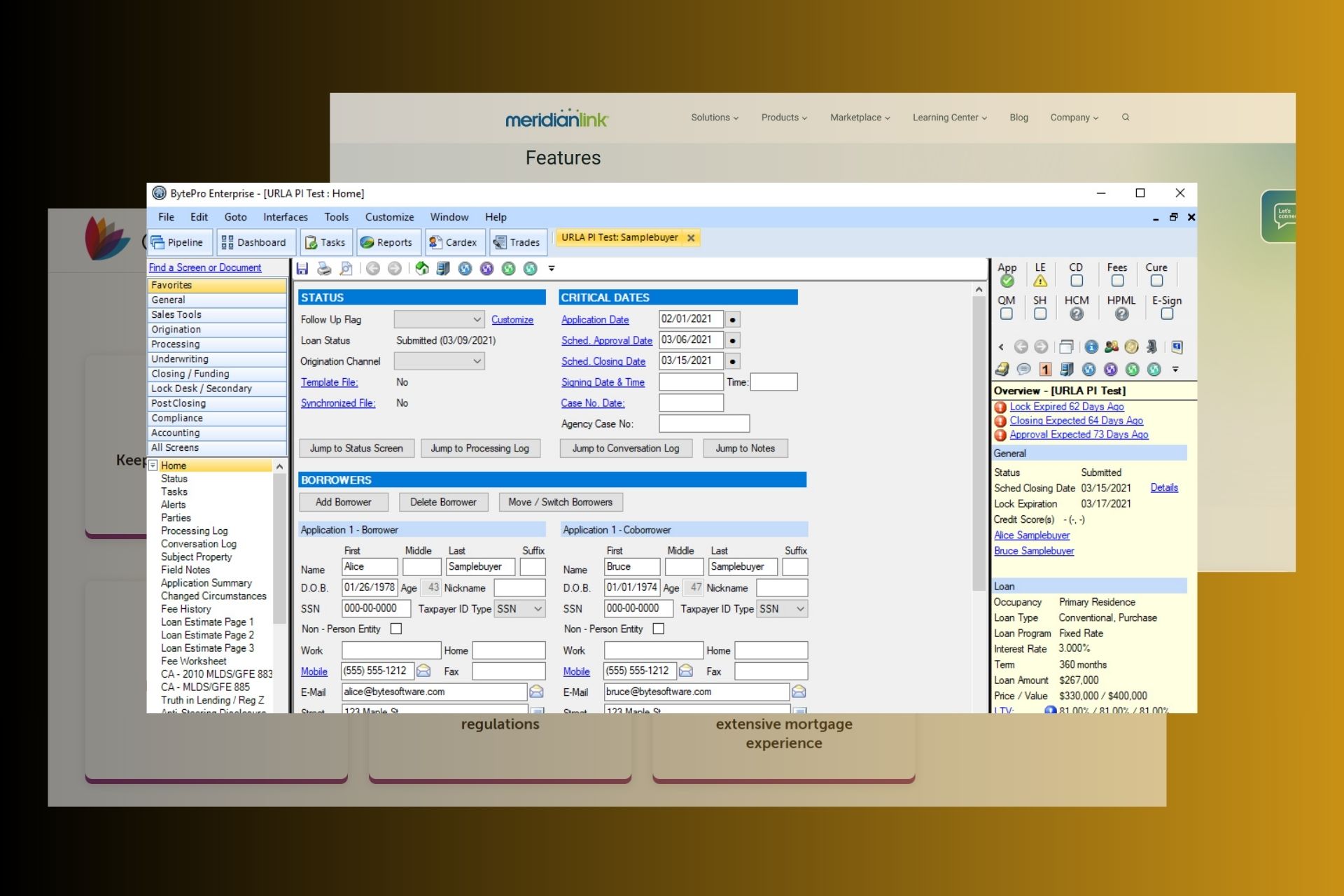What Software to use for 3D Printing (Beginner to Pro)
- Absolute beginner (FDM): Cura for slicing + Tinkercad for simple designs
- Hobbyist accuracy (FDM): PrusaSlicer or OrcaSlicer for tuned profiles and supports
- Bambu users (speed + multi-color): Bambu Studio with automated flow checks
- Miniatures or jewelry (resin): Lychee Slicer or CHITUBOX for supports and hollowing
- Free parametric CAD: FreeCAD or Onshape (browser)
- Organic modeling: Blender (LTS)
- Mesh repair: MeshLab; quick fixes with Windows 3D Builder
- Remote control: OctoPrint or Klipper with Mainsail/Fluidd; PrusaLink/Connect for Prusa
How to choose the right stack
1) Identify printer and material
FDM uses an FFF slicer for filament. Resin uses a resin slicer with support and hollowing tools.
2) Match slicer to your ecosystem
Start with the brand’s native app (Bambu Studio, PrusaSlicer, Creality Print) or proven cross-brand options (Cura, OrcaSlicer, SuperSlicer, ideaMaker).
3) Pick CAD by part style
Parametric CAD for functional parts and tolerances. Sculpting tools for miniatures and organics.
4) Add reliability utilities
Use MeshLab for repair and a print server for monitoring, timelapses, and queues.
5) Calibrate early
Run flow, temperature, and pressure-advance calibrations; save per-filament profiles.
FDM slicers – what to use and why
Cura
Great first slicer. Easy presets, deep settings when you’re ready. Modern perimeter logic improves surface quality and infill transitions.
PrusaSlicer
Open-source, accurate supports, and excellent community profiles. Recent versions improve sequential printing and usability.
OrcaSlicer
Calibration-first workflow with guided flow/PA/temp tests. Strong supports and smart infill tools for fast dialing-in.
Bambu Studio
Streamlined end-to-end experience for Bambu printers. Auto flow and fast multi-color with AMS keep quality consistent.
SuperSlicer, ideaMaker, Creality Print
Good alternates: deeper calibration (SuperSlicer), powerful preview (ideaMaker), and Creality ecosystem features (Creality Print).
Resin slicers (MSLA/SLA)
Lychee Slicer
Fast orientation, island detection, and robust manual or auto supports. A favorite for tabletop minis and fine details.
CHITUBOX
Widely supported profiles, reliable hollowing, and customizable rafts. Good general-purpose choice across many resin machines.
Anycubic Photon Workshop
Straightforward if you’re on Anycubic hardware and want tuned defaults without extra tweaking.
CAD and modeling – choose by skill and goal
- Beginner: Tinkercad – block-based, learn in minutes, exports STL/OBJ
- Hobbyist parametric: FreeCAD – active project, solid for precise mechanical parts
- Browser parametric: Onshape Free – sketches, constraints, assemblies in the cloud
- Pro/advanced: Fusion – mature CAD/CAM/CAE suite with strong assemblies and joints
- Organic/sculpting: Blender LTS – sculpt, retopo, decimate, boolean for minis and art
- Code-driven: OpenSCAD – script parts for perfect repeatability and easy tweaks
Mesh repair and prep
- MeshLab: clean, heal, remesh, measure, inspect before slicing
- 3D Builder (Windows): one-click auto-repair for common STL errors
- Note on Meshmixer: useful historically but discontinued – prefer active tools
Remote control, speed, and failure safety
- OctoPrint: plugin ecosystem, webcam, timelapses, queue management
- Klipper + Mainsail/Fluidd: faster motion planning with slick web UIs
- PrusaLink/Prusa Connect: official LAN and cloud for Prusa
- Obico (optional): AI failure detection and remote alerts for long prints
2-minute decision workflow
- Choose path: FDM or resin
- Pick slicer aligned to your printer: brand-native or Cura/Prusa/Orca
- Select CAD by model type: Tinkercad ? FreeCAD/Onshape ? Fusion/Blender
- Add MeshLab for repairs; set up OctoPrint or Klipper if you print often
- Calibrate flow, temp, and PA; save profiles per filament and re-use
Comparison cheat sheet
| Use case | FDM slicer | Resin slicer | CAD/modeling | Utility |
|---|---|---|---|---|
| First prints | Cura | – | Tinkercad | – |
| Precise functional parts | PrusaSlicer or OrcaSlicer | – | FreeCAD or Fusion | MeshLab |
| Bambu multi-color | Bambu Studio | – | Fusion or Blender | Octo/brand cloud |
| Miniatures/jewelry | – | Lychee or CHITUBOX | Blender | Obico optional |
| Classroom/browser-only | Cura | – | Onshape or Tinkercad | – |
FAQs
Do I need different software for FDM and resin?
Yes. FDM uses an FFF slicer. Resin uses a resin slicer built for supports and hollowing.
Is paying for a slicer worth it?
Usually no. Free tools are excellent. Pay only for a specific feature or support plan you truly need.
STL or 3MF?
Export STL for universality. Use 3MF when you want colors, materials, or settings bundled and preserved.
What should I learn first for functional parts?
Parametric CAD. Start with FreeCAD or Onshape, then move to Fusion if you need CAM or complex assemblies.
Why is calibration always mentioned?
Correct flow and pressure advance reduce ringing and blobs, improve walls, and boost inter-layer strength.
How I built this list
I weighed active development, stability, print quality outcomes, setup time, and ecosystem fit. Picks favor tools that minimize first-layer failures, simplify supports, and shorten time-to-first-good-print.
Summary – ordered steps
- Identify printer type and materials
- Choose a matching slicer (brand-native or Cura/Prusa/Orca)
- Pick CAD by part style (parametric vs sculpt)
- Add MeshLab and optional remote control
- Calibrate, print, review, iterate





User forum
0 messages